Rice is a staple in many cuisines worldwide, especially in Asian countries. It's versatile, filling, and can be prepared in countless ways. But when it comes down to choosing between steamed and fried rice, many often wonder which option is healthier. Let's explore steamed and fried rice, their differences and similarities, nutritional values, and, ultimately, which is the better choice for your dinner table.
Background content: is this popular at certain times of year? Special holidays?
This was inspired by my other recipe on this site, and pairs well with this amazing sidedish recipe. Contextual, in-content links are far more valuable than a group listed at the bottom of the post.
Jump to:
What Is Steamed Rice
Steamed rice is essentially plain rice cooked with water or steam. It can be white, brown, red, or even black rice. It's a popular side dish in Asian cuisine and often acts as a blank canvas, complementing and soaking up flavors from other dishes. It's simple, unobtrusive, and doesn't compete with the main course's flavors.
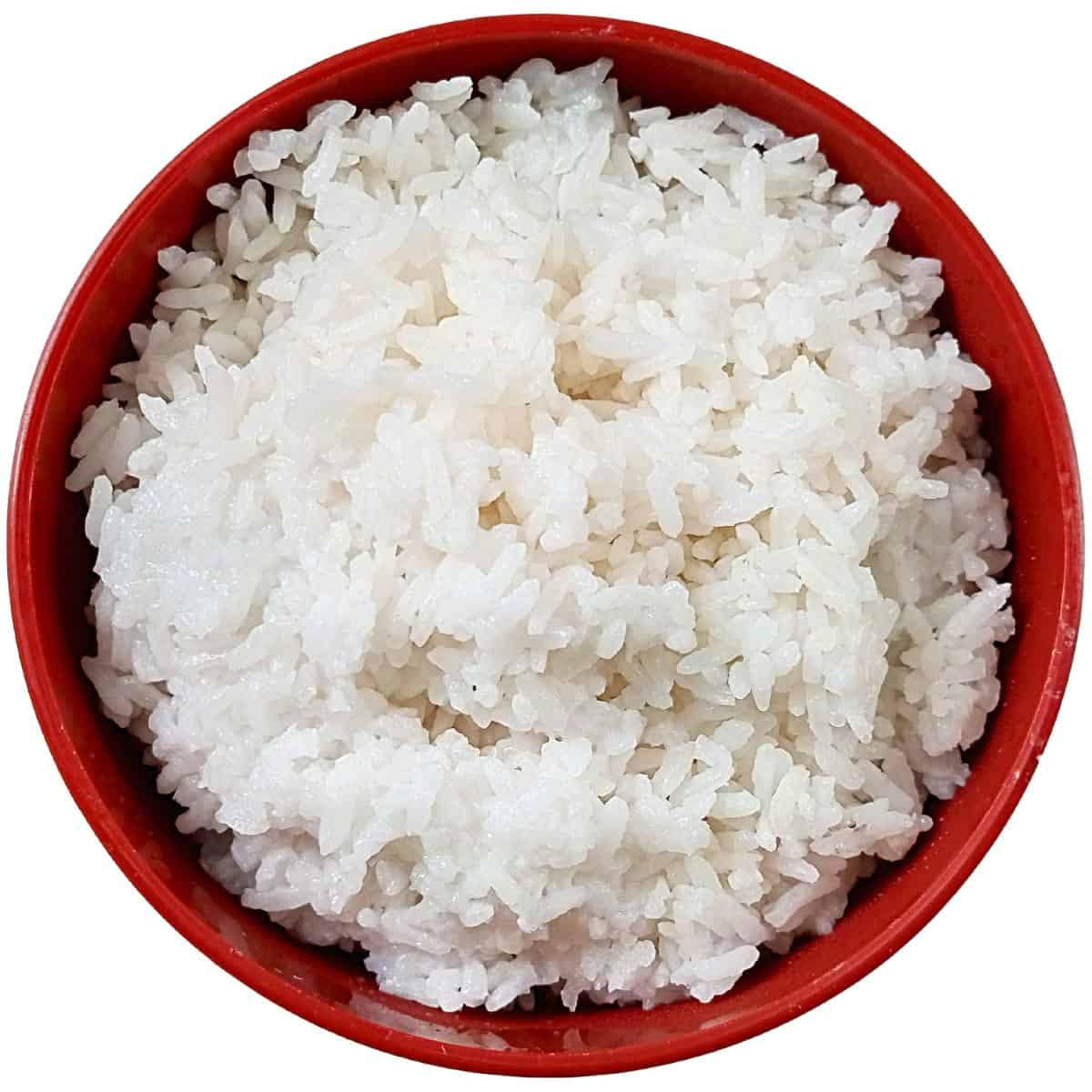
What Is Fried Rice
Fried rice, a popular dish in Asian cuisine, involves stir-frying cooked rice with vegetables, meat, eggs, and seasonings. It's often cooked in sesame oil and seasoned with soy sauce, transforming it into a flavorful dish that can stand alone as a main course.
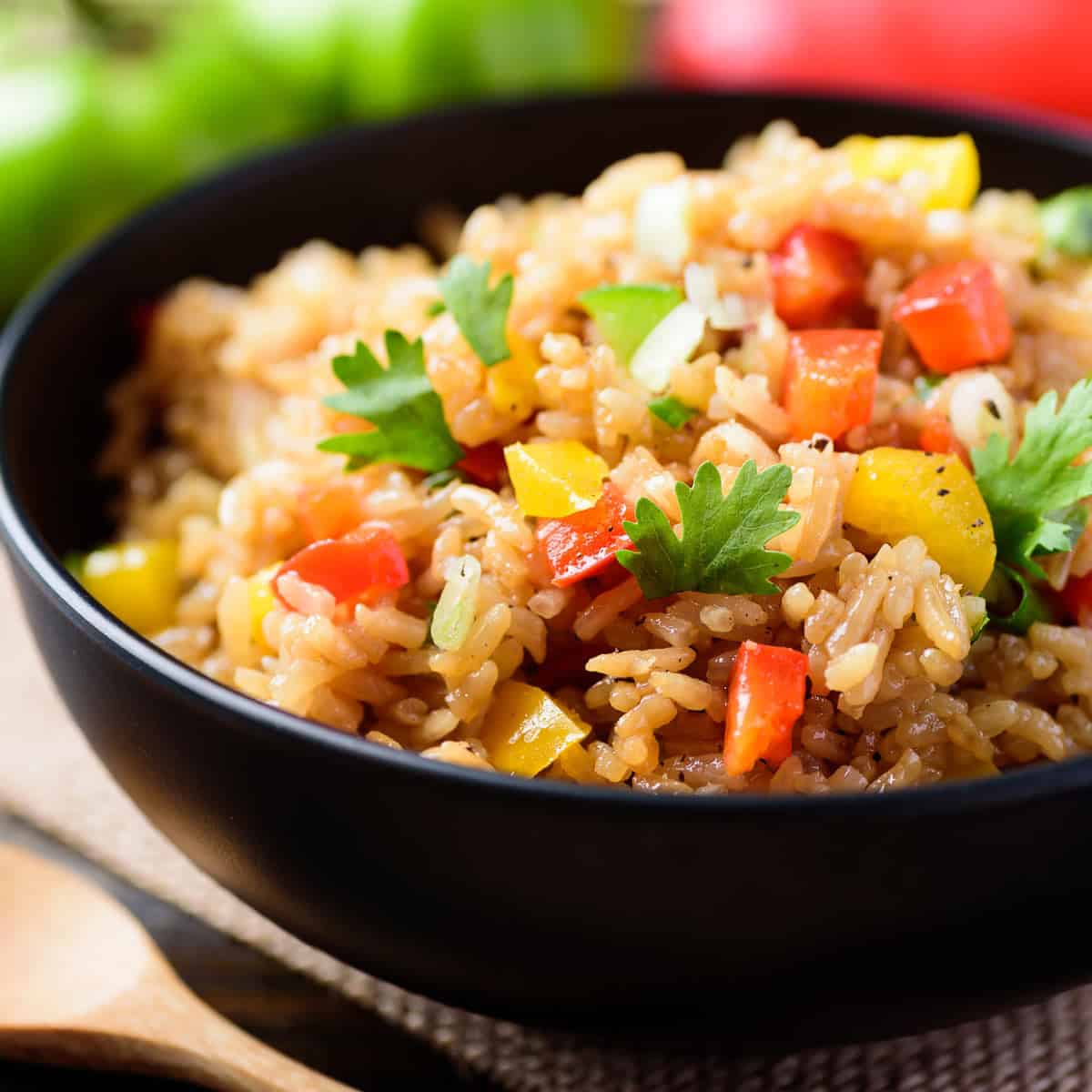
Differences Between Steamed and Fried Rice
The main differences between steamed and fried rice are their cooking methods, ingredients, and flavors. Steamed rice is cooked in water, making it simpler and lighter in flavor. On the other hand, fried rice is cooked with oil and various other ingredients, making it richer in flavor and texture.
The Basic Difference
- Steamed Rice: At its heart, steamed rice is about simplicity and purity. This method involves cooking rice in water until it absorbs the liquid and becomes tender. The result is fluffy and soft grains that are subtly flavored. It's the perfect backdrop for more boldly flavored dishes, absorbing and complementing their sauces and spices. Think of it as the quiet hero of a meal, supporting and enhancing without overpowering.
- Fried Rice: Now, fried rice is the extroverted cousin. It starts similarly with cooked rice, but then it's stir-fried in oil and often combined with various ingredients like vegetables, eggs, meat, and various seasonings. This process imbues the rice with a rich, savory flavor profile and a slightly crispy texture. Fried rice can be a meal, bursting with flavors and textures.
Nutritional Aspect
- Steamed Rice: Steamed rice is a healthier alternative regarding calories and fat. Particularly when you opt for brown rice or wild rice, you're looking at a dish with a lower glycemic index, making it a good choice for blood sugar management.
- Fried Rice: Due to its additional ingredients like vegetable oil and various sauces, it tends to be higher in calories. However, it's a complete meal, often incorporating different textures and nutrients from the added vegetables and proteins.
Flavor Profiles
- Steamed Rice: In Asian cuisine, steamed rice is more than just a side dish; it's a versatile base that complements a variety of main dishes. It's the ideal companion to saucy and flavorful dishes, whose plain taste balances the rich flavors. Its flavor is mild and understated, making it a great side dish that pairs well with everything from rich adobos to tangy sinigang.
- Fried Rice is all about bold and complex flavors. Combining sauces like soy or oyster sauce, garlic, onions, and other ingredients makes for a highly flavorful dish.
Culinary Techniques
- Steamed Rice: Cooking steamed rice requires precision in the water-to-rice ratio and cooking time. The goal is to achieve perfectly fluffy and separate grains. Rice cookers have made this process almost foolproof, but stovetop methods work just as well with a little attention.
- Fried Rice: This is where culinary creativity shines. Fried rice is an excellent way to repurpose leftovers, and there's a lot of room for improvisation. The key is to use rice that's a bit dry (day-old rice is perfect), cooking pre-cooked rice in oil, where it takes on a slightly crunchy texture and absorbs the flavors of the added ingredients. Fried rice is a canvas for creativity, allowing for a mix of various ingredients to create flavorful dishes.
Similarities Between Steamed and Fried Rice
- The Foundation - Rice: Whether it's the fluffy steamed rice or the savory fried rice, both dishes start with the same hero ingredient - rice. This could be any rice - jasmine rice for its fragrant allure, brown rice for a nuttier, healthier twist, or the classic plain white rice for its versatility.
- Versatility in Types of Rice Used - Both steamed and fried rice can be made with various types of rice, offering different textures and nutritional values. Whether you're going for long-grain rice with a more separate, fluffy texture or short sticky rice perfect for a more robust fried rice, rice plays a key role in both dishes.
- Culinary Flexibility - Steamed and fried rice are versatile bases in Asian cuisine. Steamed rice, often seen as a side dish, is perfect for soaking up the rich flavors of main dishes, while fried rice, packed with various ingredients like small pieces of vegetables and meat, can stand alone as a main dish. This flexibility makes them a staple in every foodie's kitchen, especially on those rice nights when comfort food is the call of the hour.
- Nutritional Value - Both types of rice offer nutritional benefits. Steamed rice, particularly when made with brown rice or whole-grain rice, provides essential carbohydrates with a lower glycemic index. Fried rice, meanwhile, can be a balanced meal with proteins, vegetables, and carbohydrates, especially when made with less oil and more veggies.
- Cultural Significance - In many Asian countries, particularly Filipino cuisine, rice is a staple. It's the heart of many meals, whether in plain steamed rice accompanying a flavorful adobo or a vibrant plate of fried rice, like the Filipino Garlic Fried Rice (Sinangag).
- Cooking Method Adaptability - Both dishes can be adapted to various cooking methods. A rice cooker can be perfect for steamed rice, while a hot wok is ideal for fried rice. But don't worry if you don't have these – a regular pot for steamed rice and a skillet for fried rice do the job wonderfully!
- A Canvas for Flavors - While steamed rice is often served plain, it acts as a blank canvas, absorbing and complementing the flavors of other dishes. On the other hand, Fried rice is a flavorful dish on its own, but it also starts with plain rice that is then jazzed up with seasonings like soy sauce, sesame oil, and other tasty ingredients.
Which is Healthier
Did you guess right?
In terms of pure health benefits, steamed rice takes the crown. It's lower in calories and fat and often more nutritionally dense, especially if you opt for brown or whole-grain varieties. It's a foodie's best friend for a balanced diet.
FAQ
The choice between steamed rice and fried rice for dinner depends on the main dish and personal preferences. With its subtle flavor, steamed rice is an excellent accompaniment to rich, flavorful dishes. It lets the main dish shine without overpowering it. Packed with its flavors, Fried rice is perfect as a main dish or with simpler, less spiced dishes.
Absolutely! White rice is essentially the grain used to make steamed rice. You can easily substitute one for the other. If a recipe calls for steamed rice and you only have white rice, steam it. The key is the cooking method – steamed for lighter, fluffier grains and fried for a richer, more flavorful dish.
Definitely! Use brown or whole-grain rice for added fiber to make fried rice healthier. Opt for less oil, preferably a healthier option like olive oil. Increase the amount of vegetables for added nutrition, and use lean proteins. Also, consider low-sodium alternatives for soy sauce and other seasonings to reduce salt intake.
While day-old rice is preferred for fried rice due to its drier texture, you can use fresh rice, too. Spread it on a baking sheet to cool and dry out before frying. This helps prevent the rice from becoming mushy.
Long-grain rice, like jasmine rice, is typically the best for fried rice as it remains separate and doesn't clump together. However, for a healthier option, you can experiment with different types based on personal preferences, including brown rice.
To add flavor to steamed rice, cook it in broth instead of water. You can also add herbs, pandan leaves, or a bit of butter for extra flavor.
Fried rice can be part of a weight loss diet if made with healthier ingredients and cooking methods. Use minimal oil, lean proteins, and lots of vegetables, and consider using brown rice or cauliflower rice as a low-carb option. Remember, the key is moderation.
To prevent soggy fried rice, use rice that's a day old or has been cooled and dried. This reduces the moisture content. Also, avoid overcrowding the pan and fry in batches to ensure each grain gets properly fried.
Boost the nutritional value of your fried rice by adding various vegetables like carrots, peas, bell peppers, and leafy greens. Incorporate lean proteins like chicken, tofu, or shrimp, and use healthy oils and low-sodium sauces for flavor.
Conclusion
Both steamed and fried rice have their place in the culinary world. While steamed rice is the healthier choice due to its lower calorie and fat content, fried rice offers a rich flavor that can make it an enticing main dish. Ultimately, the choice depends on your personal preferences, dietary needs, and the type of meal you are preparing. Both can be part of a delicious and balanced diet, whether steamed or fried rice.
Cooking Tips for Noodles
Things you need to know about noodles.
Cooking Tips for Rice
Things you need to know about rice.


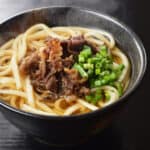
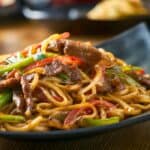
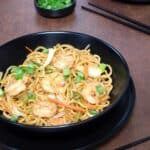

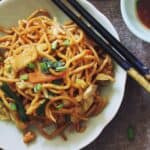
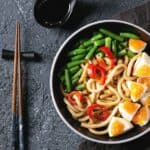

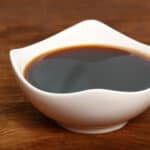


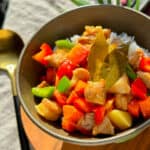
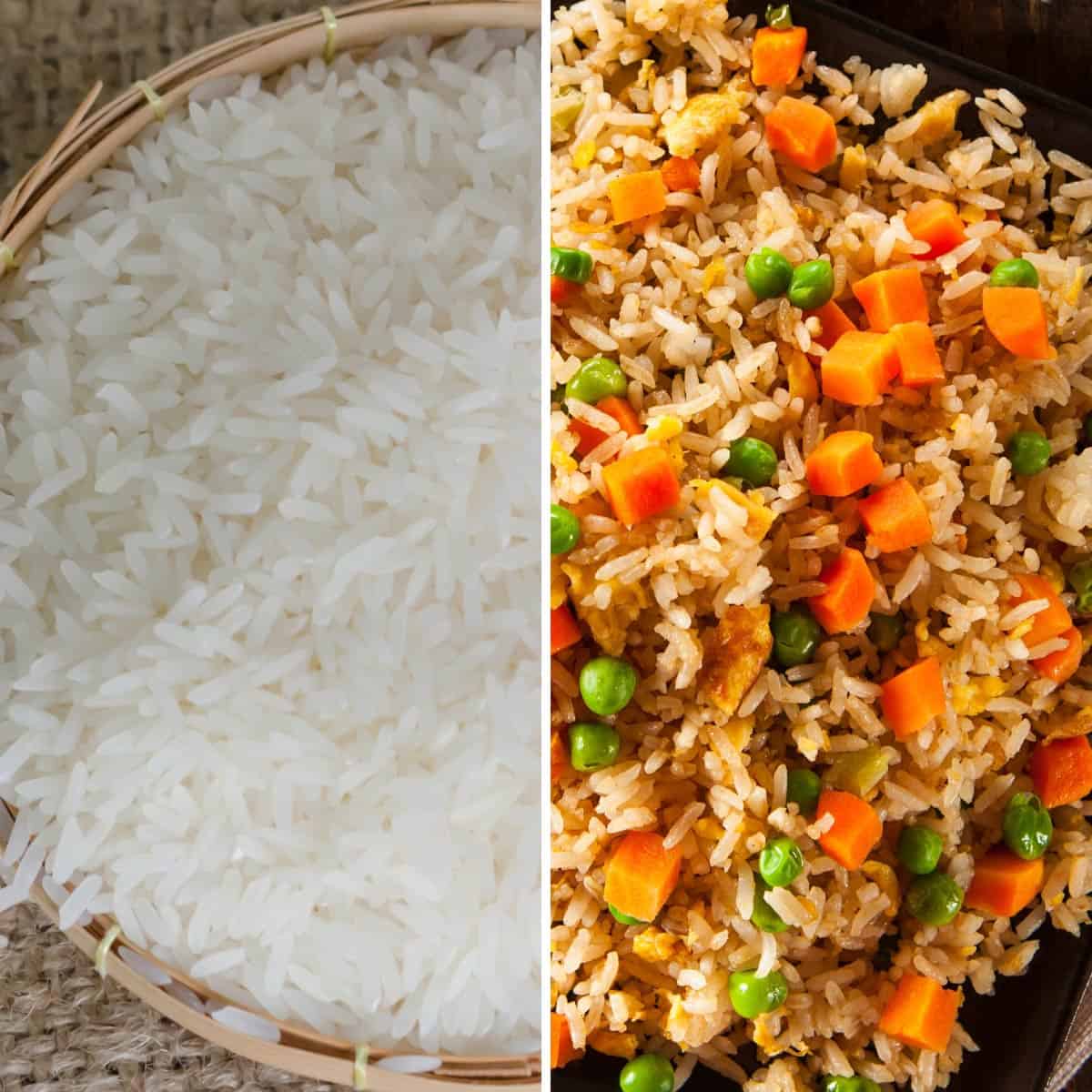
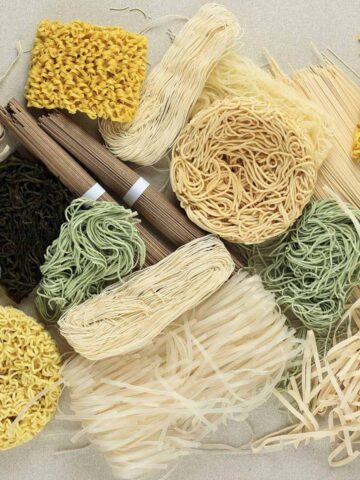
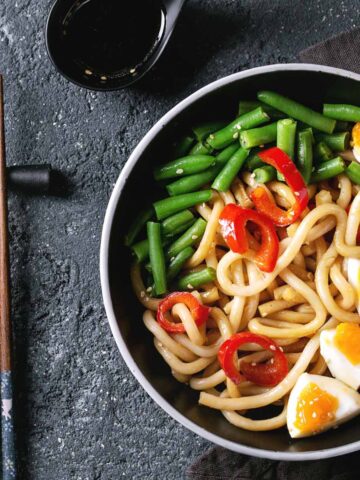
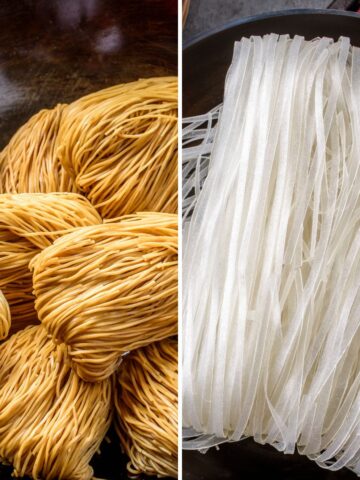
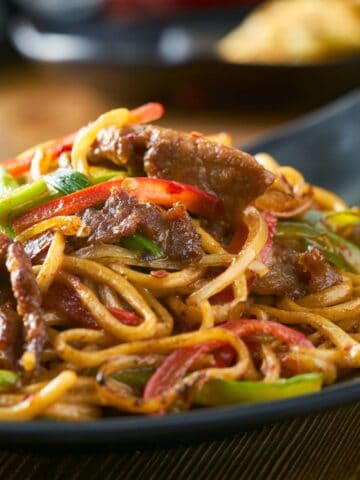
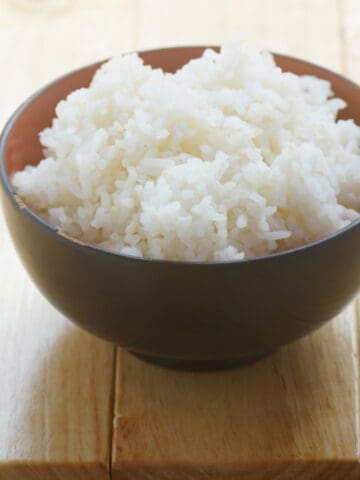
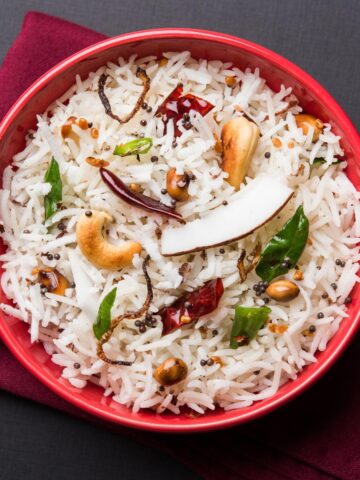

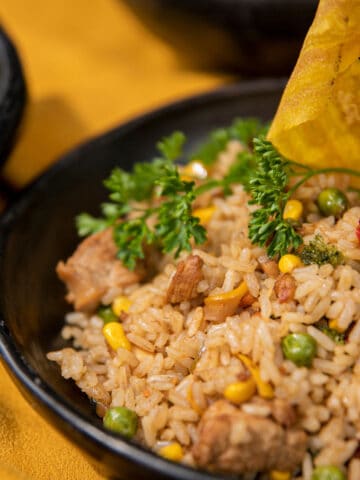
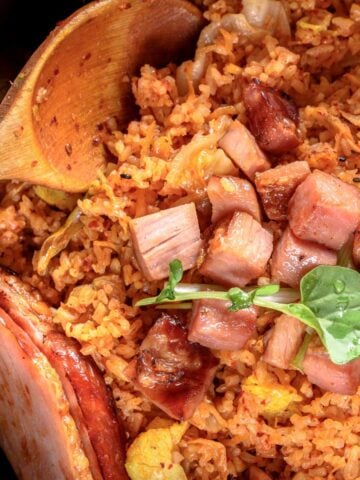
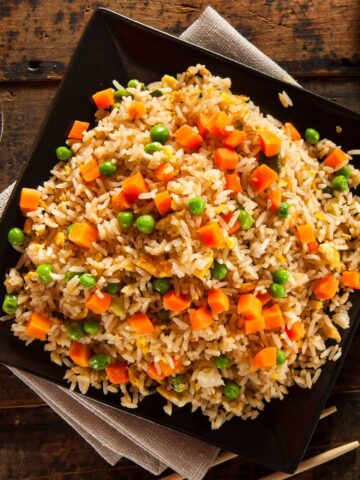
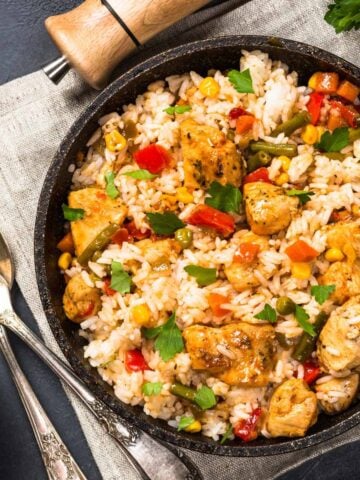
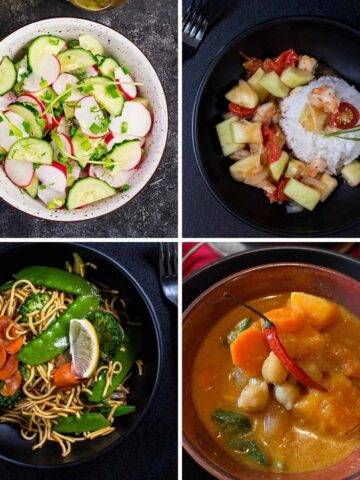
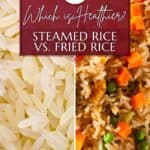
Comments
No Comments